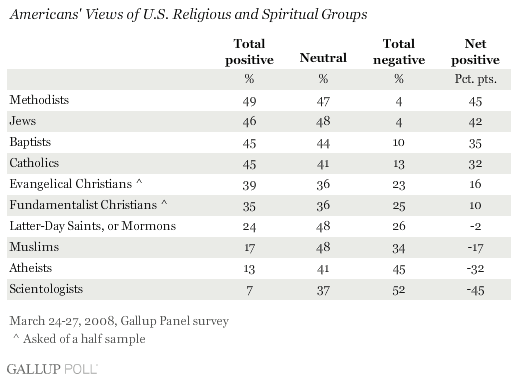. It runs from April 25-June 15 and here is a
IN 1860, while studying primroses in the garden of Down House, his home in Kent, England, Charles Darwin noticed something odd about their blooms.
While all the flowers had both male and female parts — anthers and pistils — in some the anthers were prominent and in others the pistils were longer. So he experimented in his home laboratory and greenhouses, cross-pollinating some plants with their anatomical opposites. The results were striking.
“He determined that if they cross-pollinate, they produce more seed and more vigorous seedlings,” said Margaret Falk, a horticulturalist and associate vice president at the New York Botanical Garden. The variation is evolution’s way of increasing cross-pollination, she said.
Now the Botanical Garden is replicating this work, and more of Darwin’s Down House experiments, in a stunning, multipart exhibition called “Darwin’s Garden: An Evolutionary Adventure.”
In all, the tour is 33 stops, spread throughout about half of the garden’s 250 acres. Visitors who enter the exhibition through the Enid A. Haupt Conservatory will encounter a replica of a room in Darwin’s house, designed so they can look through the window, as he did, to a profusion of plants and bright flowers: hollyhocks, flax and of course primroses, what Todd Forrest, the garden’s vice president for horticulture, calls “a typical British garden.” On a table stands a tray holding quills, brushes, sealing wax and tweezers, the kinds of simple tools Darwin used to conduct his world-shaking research.
Darwin grew the flowers not just for their own sake, Mr. Forrest said, but as subjects for observation and experiment, work he carried out in his home laboratory and greenhouses, on workbenches like those in the exhibition. The work displayed on the benches is typical of studies Darwin made of pollination, how plants grow, even what happens when a carnivorous plant devours an insect. Orchids on display remind visitors of the varieties Darwin studied, and how his observations and dissections of their blooms led him to conclude that particular species were pollinated by particular species of insects, a conclusion later research confirmed.
The exhibition also includes a “tree of life” map that guides visitors to the garden’s plants and describes where they fit in the natural scheme of things; books, drawings and notes, some in Darwin’s own hand; and an interactive exhibit for children.
This look really good. Plus we are tired of idiotic creationism/ID debates and evolution of flowers may probably draw less controversy (hey Dembski - stay away from these orchids). Plus, plants played a key role in Darwin's work:
It anticipates two Darwin anniversaries next year — his 200th birthday and the 150th of his world-changing book, “The Origin of Species.” Though most people associate that book and Darwin’s ideas generally with his voyage to the Galápagos and his study of finches there, his work with plants was far more central to his thinking, said David Kohn, a Darwin expert and science historian who is a curator of the exhibition.
Even in the Galapágos he focused on plants, said Dr. Kohn, who is general editor of the Darwin Digital Library of Evolution at the American Museum of Natural History. “He did not even label the finches,” he said. “He was fascinated by plants,” particularly the way their variation and sexual reproduction challenged the idea that species were stable, a key idea in botany at the time.
As Dr. Kohn writes in the exhibition catalogue, “plants were the one group of organisms that he studied with most consistency and depth over the course of a long scientific career” of collecting, observing, experimenting and theorizing. But Darwin studied more than flowers. He was intrigued by what Dr. Kohn calls the “behavior” of plants — how they move, respond to light, consume insects and otherwise act in the world.
. Also check out this
.

 Now I don't know much about Iranian fashion - but these shoes below really don't go well with white lab-coats:
Now I don't know much about Iranian fashion - but these shoes below really don't go well with white lab-coats:















